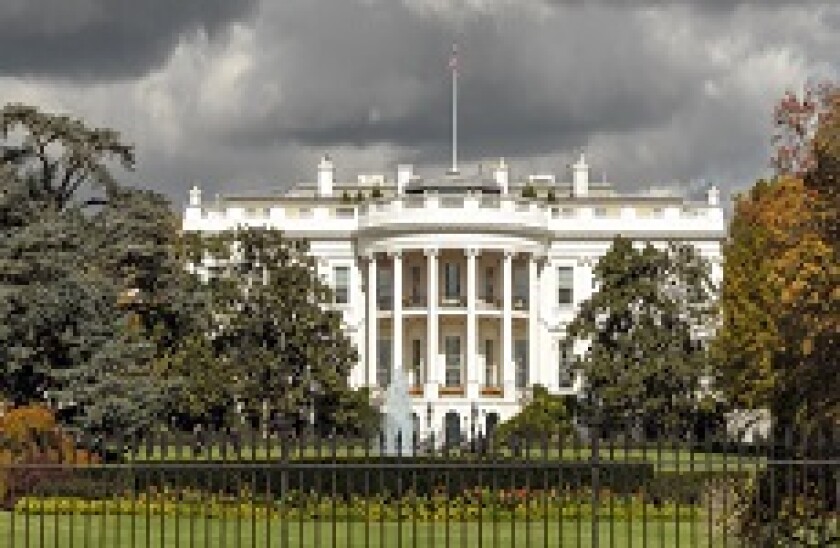The move to cut what the administration sees as burdensome regulation reflects a very similar approach by the UK government, which actually implements a “one in, three out” rule —the UK government introduced the rule’s “one in, one out” precursor in the early days of the coalition government in 2010.
However, while the provision alone is not as extreme as opponents have claimed it to be, the language in the executive order and the manner in which it was delivered were opaque and brash. Even for those that are keen on regulatory easing, the order shouldn't inspire confidence in the administration's ability to deliver anything but soundbites.
The explicit goal of the “one in, two out” rule should be to reduce regulatory costs for small and medium size businesses, 50% of which fail in their first year, according to figures from the Small Business Administration (SBA). This would very much be in keeping with President Trump’s promises made on the campaign trail to revive the economy for all Americans.
No doubt they could use some regulatory relief, but a well thought out policy briefing or a joint effort with Congress to codify regulatory reform in legislation might have been a better approach, instead of a rushed executive order that provides few details and gives further credence to the view that the administration doesn’t have a plan on many issues.
A moment's thought makes the complexities of the order clear — how can one count regulations, or prevent gaming of the system through combinations of single regulations into multiples?
Many administrations have ruled through executive orders in the past, but the scope and scale of President Trump’s efforts to change the way America is governed mean that there has to be more, not less, engagement with legislators and public stakeholders before these orders are issued.
The UK’s own reforms came as part of the original coalition agreement between the Conservative Party and the Liberal Democrats, and had the full force of law behind it.
The president’s new order, meanwhile, does not circumvent the law of the land and many agencies still have congressional mandates to fulfil. Therefore it may be difficult for some to comply with the new action without disregarding their responsibilities which have already been determined by Congress.
The other big regulatory announcement on Monday was Trump’s statement to reporters that he plans to do “a big number” on Dodd-Frank. Again, the lack of clarity here matters.
Sensible reform of Dodd-Frank has been something banks and capital markets players have long been asking for, but few in the market would ask for a full scale repeal.
When the president claims that “the American dream is back”, he seems painfully unaware that dismantling Dodd-Frank could revive some of the most harmful pre-crisis practices that did real harm to average Americans, ostensibly the very people who voted him into office.

